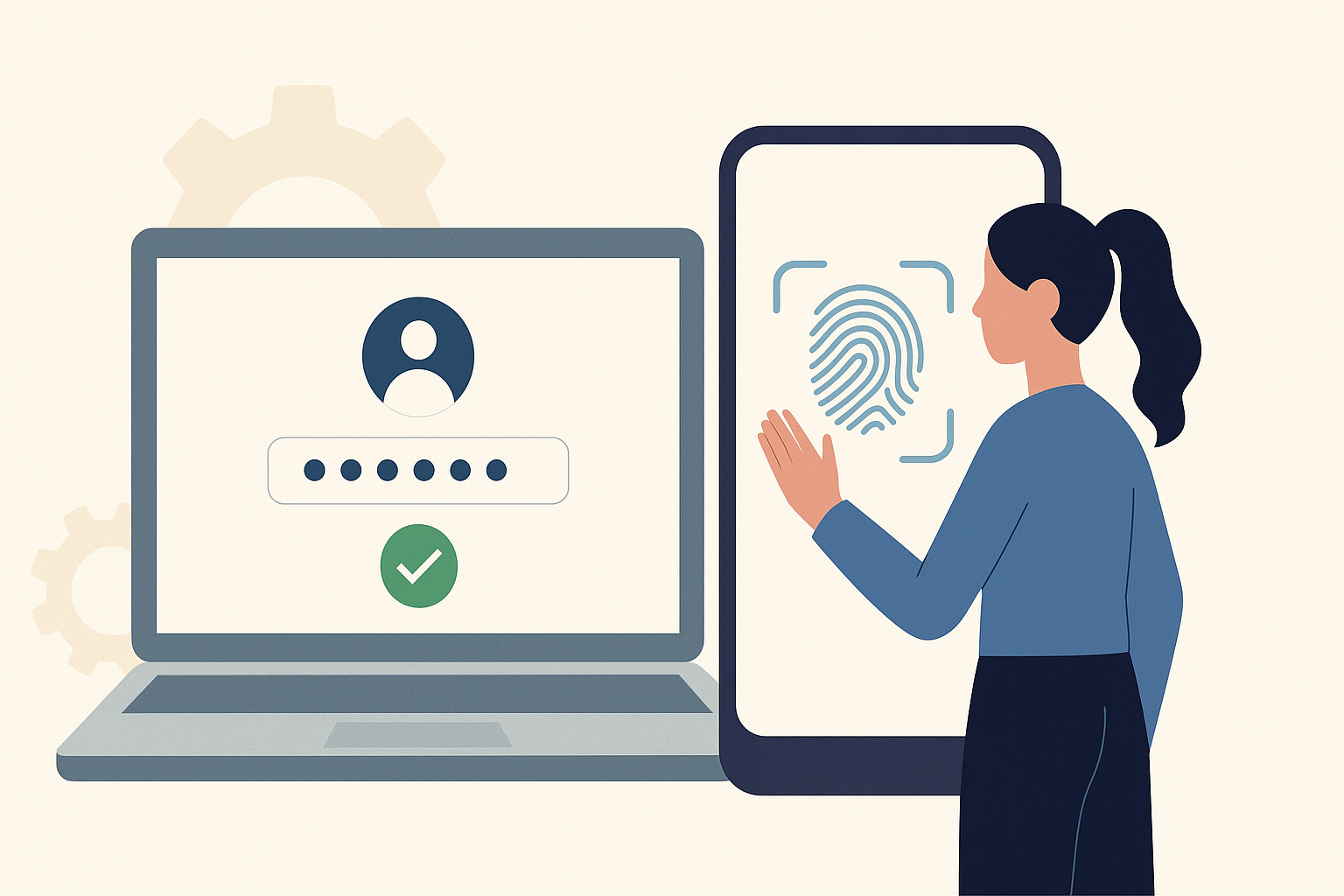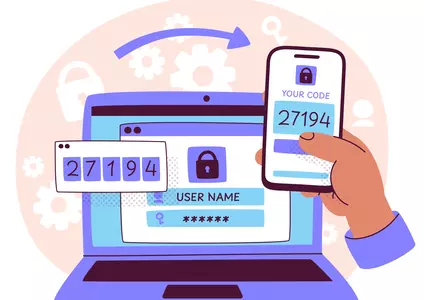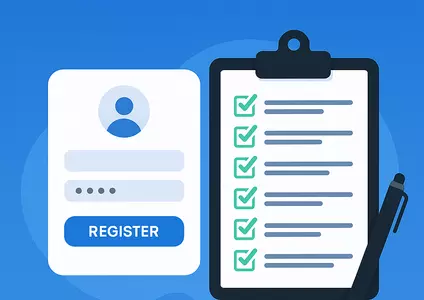
Biometric Login Testing Checklist (With Free Template)
Biometric Login Testing Checklist (With Free Template)

Introduction
Biometric login has become a major part of how users sign in to apps — it’s fast, secure, and convenient. Whether it’s Face ID, Touch ID, or fingerprint scanning, users expect it to work smoothly.
But for QA testers, it brings unique challenges. In this blog, we’ll walk through a simple checklist to help you test biometric authentication properly — and yes, there's a free checklist template at the end!
Why Biometric Testing Matters
It’s connected to device hardware — and not every device behaves the same.
It impacts both security and user trust — if it fails or feels buggy, users may leave.
There’s often a fallback to passwords, so both flows need to work well together.
Biometric Authentication Testing Checklist
1. Device Compatibility
Test on both iOS and Android.
Check behavior on older devices without biometric support.
2. Biometric Setup
Does the app detect if biometric login is enabled on the device?
What happens if the user hasn’t set up Face ID or fingerprint?
3. First-Time Setup
Can the user enable biometrics after logging in?
Can the user easily choose to enable or skip biometric login?
4. Successful Authentication
Test Face ID or fingerprint login from both the lock screen and inside the app.
Ensure the user is taken to the correct screen after login.
5. Failed Attempts
What happens after 1, 3, or 5 failed scans?
The app should either allow password entry or show a clear error message.
6. Fallback Option
Can users log in with a password instead of biometrics?
Test "Change account" and "Forgot password?" from the biometric screen.
7. Disabled Biometrics
What happens if the user disables biometrics from device settings after setup?
Does the app handle this smoothly and offer an alternative login?
8. Security Checks
Can someone trick the biometric system (e.g., by using a photo for Face ID)?
What happens after multiple failed biometric attempts?
The app should either prompt for password login or temporarily lock access to protect the user.
9. UI/UX Behavior
Are buttons clearly labeled and easy to tap?
Is there a loading spinner or feedback during authentication?
10. Language
Test in both English and Arabic (or other supported languages).
Check alignment and layout for RTL (right-to-left) languages.
Final Thoughts
Biometric login improves the user experience — but only if it’s tested properly. Use our biometric testing checklist to make sure your app handles it smoothly, securely, and across all devices.
Ready to Test Biometric Login Like a Pro?
Have questions or need expert support with biometric or mobile app testing?
We’re here to help — let’s talk.



















